🌎The Fiery Balance: Embracing Flames for a Resilient Future, with Steve Markason
Hello...and welcome to…Issue #012!
Reading Time: 3.5 mins.
TL;DR: We published our podcast's fourth episode, The Conundrum of Wildland Fire: Balancing Ecological Benefits and Community Safety, with Steve Markason, Founder/Director, Teton Wildfire Mitigation Team, LLC. Steve shares insights on balancing the ecological benefits of wildfires with the risks they pose when out of control. He aims to help listeners understand strategies for living with wildland fires while designing communities that can withstand them. Steve brings extensive experience from his work at Bridger Teton National Forest and now educates nationwide on wildfire best practices.
Steve Markason, Founds/Principal, Teton Wildfire Mitigation Team
“As a consultant, I'm really trying to get homeowners and communities to take responsibility for living in the forested environment. And that's really the third pillar of the National Cohesive Wildland Fire Management Strategy, which is creating fire adapted communities.” — Steve Markason
Welcome to our corner of the world!
We’re glad you’re here!
In the last issue of Designing Nature's Half: The Blog, we shared our third episode on Designing Nature's Half: The Landscape Conservation Podcast. In this issue, we share a discussion about our fourth episode: The Conundrum of Wildland Fire: Balancing Ecological Benefits and Community Safety. You can find it anywhere you get your podcasts, or jump over to our podcast episodes page.
The Fiery Balance: Embracing Flames for a Resilient Future
In the heart of our planet’s most majestic landscapes, a paradox exists between wildfires’ destructive power and their vital role in maintaining ecological balance. The latest episode of Mind Matter Media’s “Designing Nature’s Half: The Landscape Conservation Podcast” delves into this complex relationship, exploring how innovative landscape conservation can harmonize with fire management to forge resilient ecosystems amidst climate change and biodiversity loss.
A Dance with Fire: Wildfire Management in Modern Times
Wildfires have been painted as relentless villains in news headlines; however, they are also unsung heroes in nature’s grand narrative. Episode 4 brings Steve Markason, a wildfire expert from the Teton Wildfire Mitigation Team, into conversation with co-hosts Rob Campellone and Tom Miewald to unravel this dichotomy. Steve shares his seasoned perspective on managing fires at wildland-urban interfaces—areas where human habitation meets untamed wilderness. Here, the challenge intensifies as Steve strives to protect lives and properties while respecting fire’s ecological benefits.
Understanding Fire Landscapes Through Collaboration
Steve emphasizes collaboration—a recurring theme throughout the episode—as crucial for effective wildfire management. This involves uniting diverse stakeholders, including ranchers, community leaders, tribal representatives, environmentalists, and firefighting agencies, to craft strategies that respect human needs and natural processes. He draws attention to one such collaborative effort near Jackson Hole, WY, where local involvement was vital to successfully executing large-scale fuel reduction projects. These initiatives reduce potential fuel for wildfires and foster transparency and trust within communities directly affected by these efforts.
Prescribed Burns vs Community Concerns: Finding Common Ground
Prescribed burns are contentious yet essential tools for mitigating wildfire risks while promoting ecosystem health. In regions like the Southeast US, where risk tolerance is higher due partly to cultural acceptance of land-management practices involving controlled burns—these methods flourish more readily than in densely populated areas like California, which often harbor greater apprehension towards prescribed burning near homes or valuable infrastructure. To navigate these concerns effectively requires meticulous planning that incorporates extensive stakeholder engagement—not just as an afterthought but as integral participants from inception through the execution stages of any prescribed burn project.
Building From Ashes: Creating Fire-Adapted Communities
Steve champions stringent building codes explicitly designed with fire resilience in mind. He advocates for innovations such as non-flammable roofing materials or finer mesh vents capable of thwarting ember penetration during a blaze—an acknowledgment that adapting our built environments is just as crucial as managing natural ones when it comes to living alongside fire-prone landscapes sustainably. Moreover, he sheds light on long-standing issues stemming from historical fire suppression policies, which have led many forests toward unhealthy states ripe for catastrophic blazes rather than regular smaller fires, which help maintain balanced ecosystems naturally over time.
Proactivity Over Passivity: Engaging With Local Efforts
Listeners are encouraged not merely to absorb knowledge passively but to become actively involved in fostering fire-adapted communities by joining local stakeholder groups or working alongside their nearest fire department. Education leads us away from fear-based reactions towards informed decision-making grounded firmly within community-focused solutions tailored uniquely per locale under threat by potential wildfires. Ultimately, this episode illuminates striking parallels between effective wildfire management approaches—like those championed by Steve—and broader goals inherent within biodiversity conservation efforts worldwide, underscoring an undeniable truth—that interdisciplinary collaboration stands paramount if we’re ever going achieve sustainable harmony with nature amid rising global temperatures threatening all forms life on Earth today.
Thanks, Steve, for a great discussion!
Your thoughts? Do you live in a fire-adapted community? #ClimateChange #WildlandFire #ResilientLandscape #PrescribeFire #FireAdaptedCommunity
Resources
Fire-Adapted Communities (USDA Forest Service)
National Cohesive Wildland Fire Management Strategy (USDA Forest Service)
Resilient Landscape Video (USDA)
An Invitation
If you think you have something to offer to the conversation and would like to be a guest on our pod, drop me a note at: info@lcdinstitute.org and put "Guest" in the subject line.
Sharing is Caring
Please consider sharing this newsletter with your social contacts so we can build a community of folks who want to turn down the boil, save our planet, and its inhabitants.
Join the Designing Nature’s Half Community
Sign up below to hear about what we have up our sleeves to save the planet and learn how you can get involved.
Thanks for your interest and support!
Until next time,



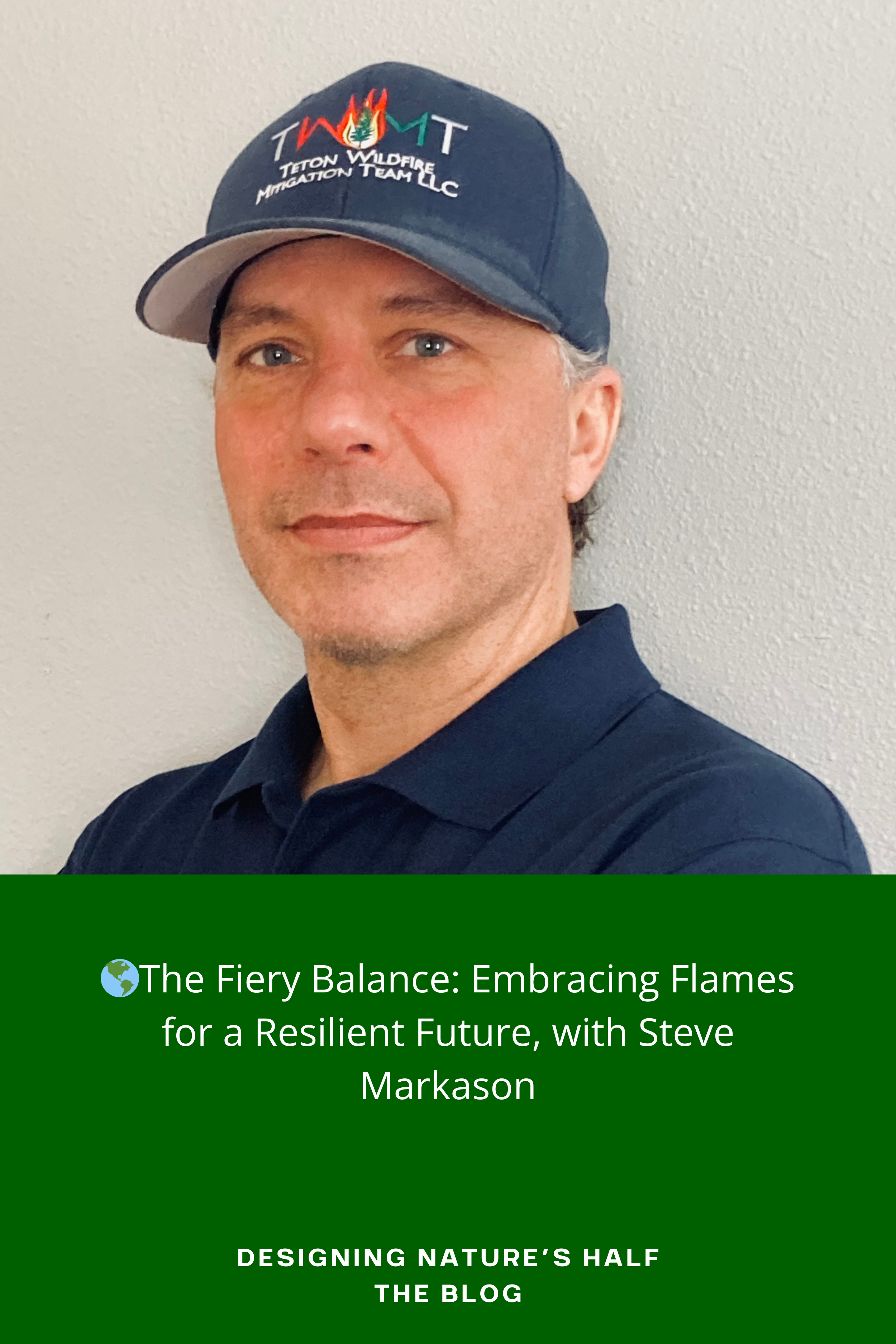
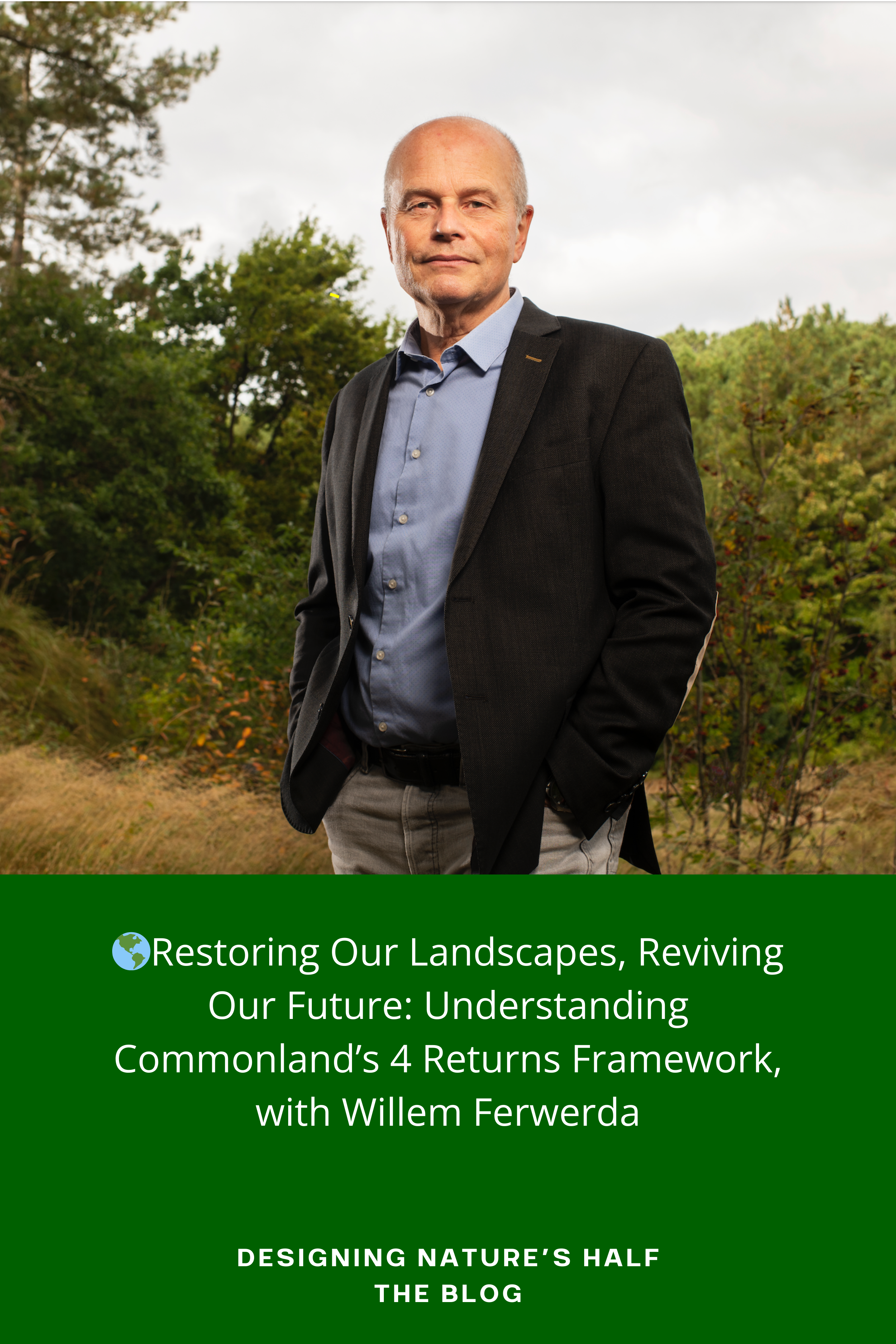
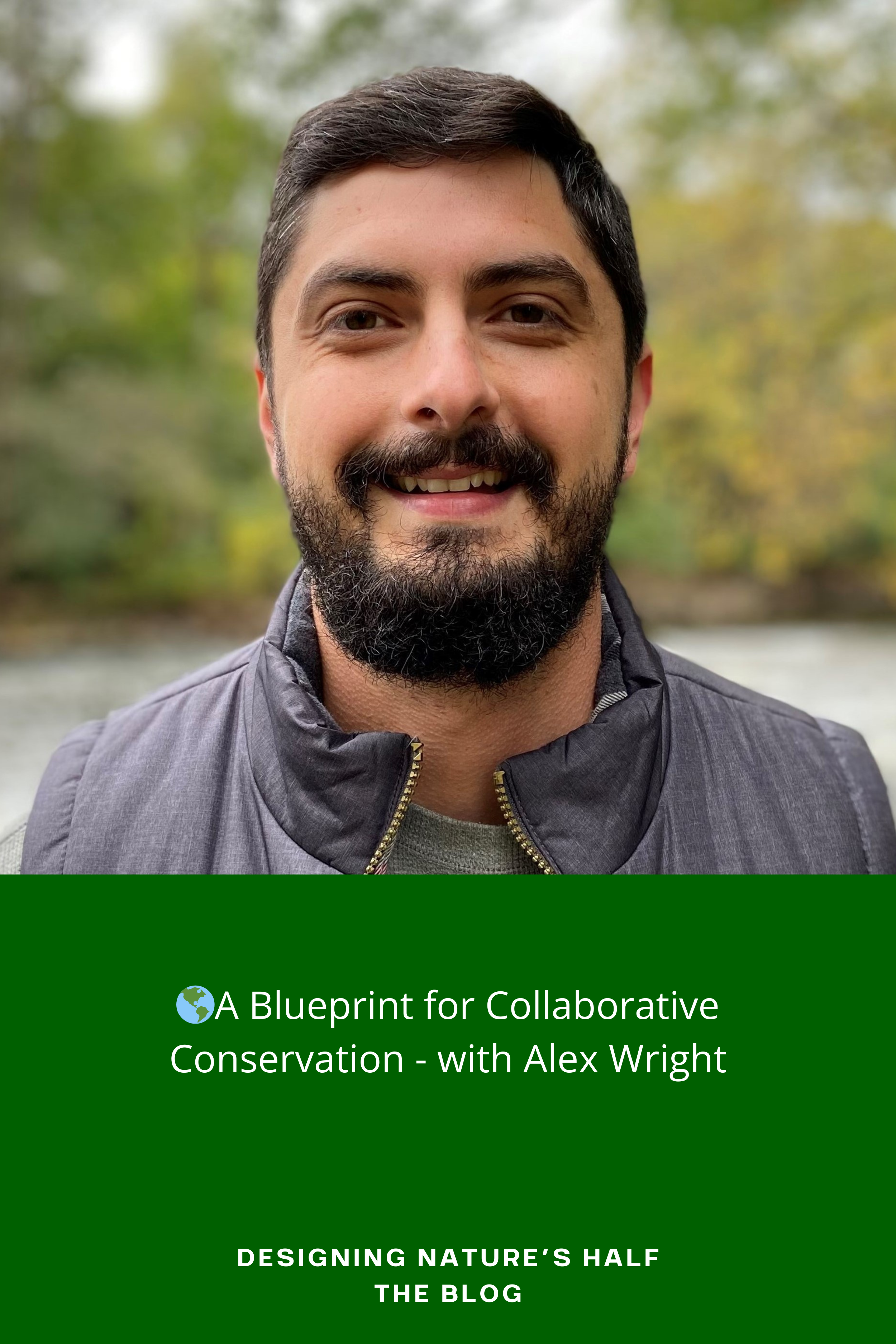
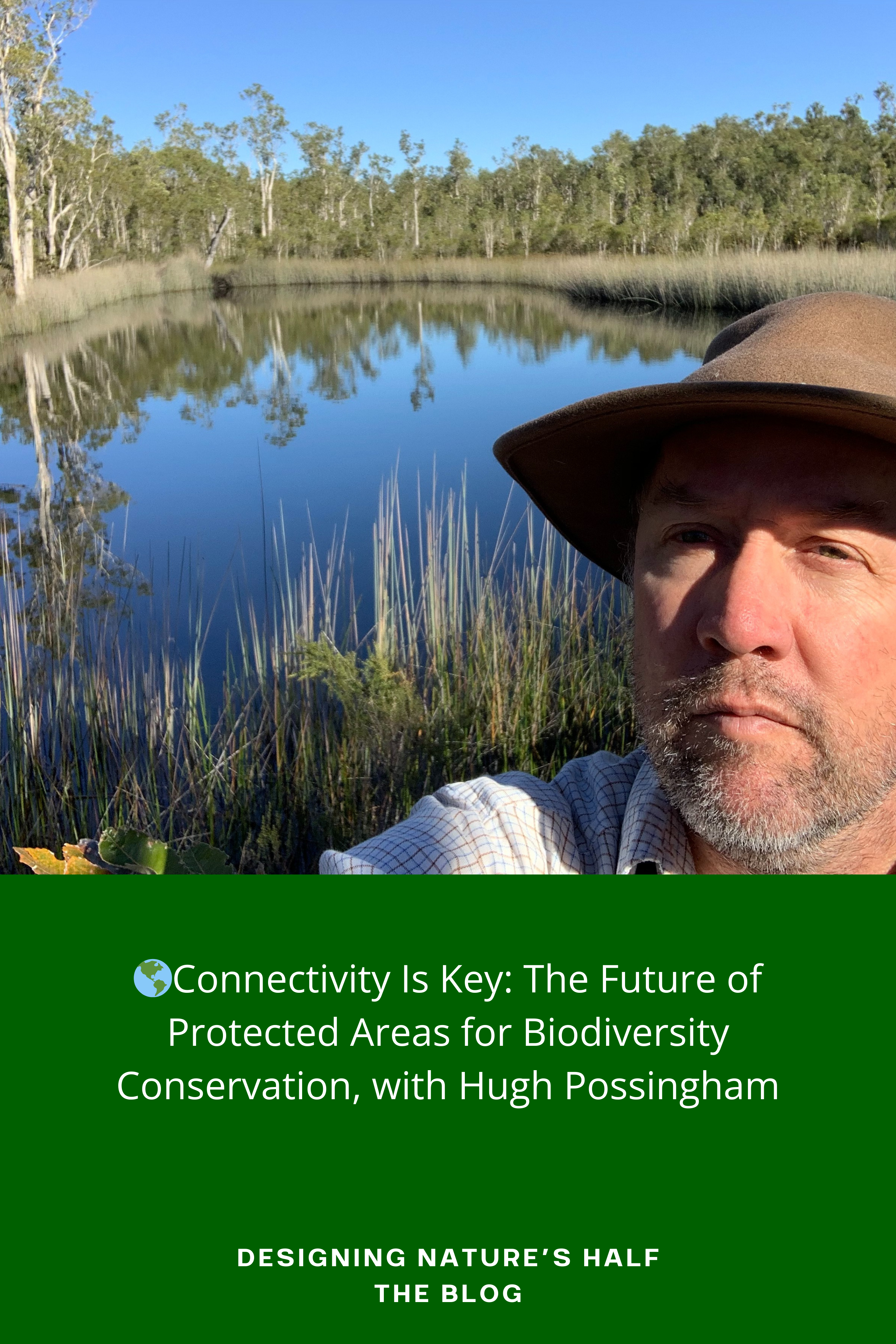
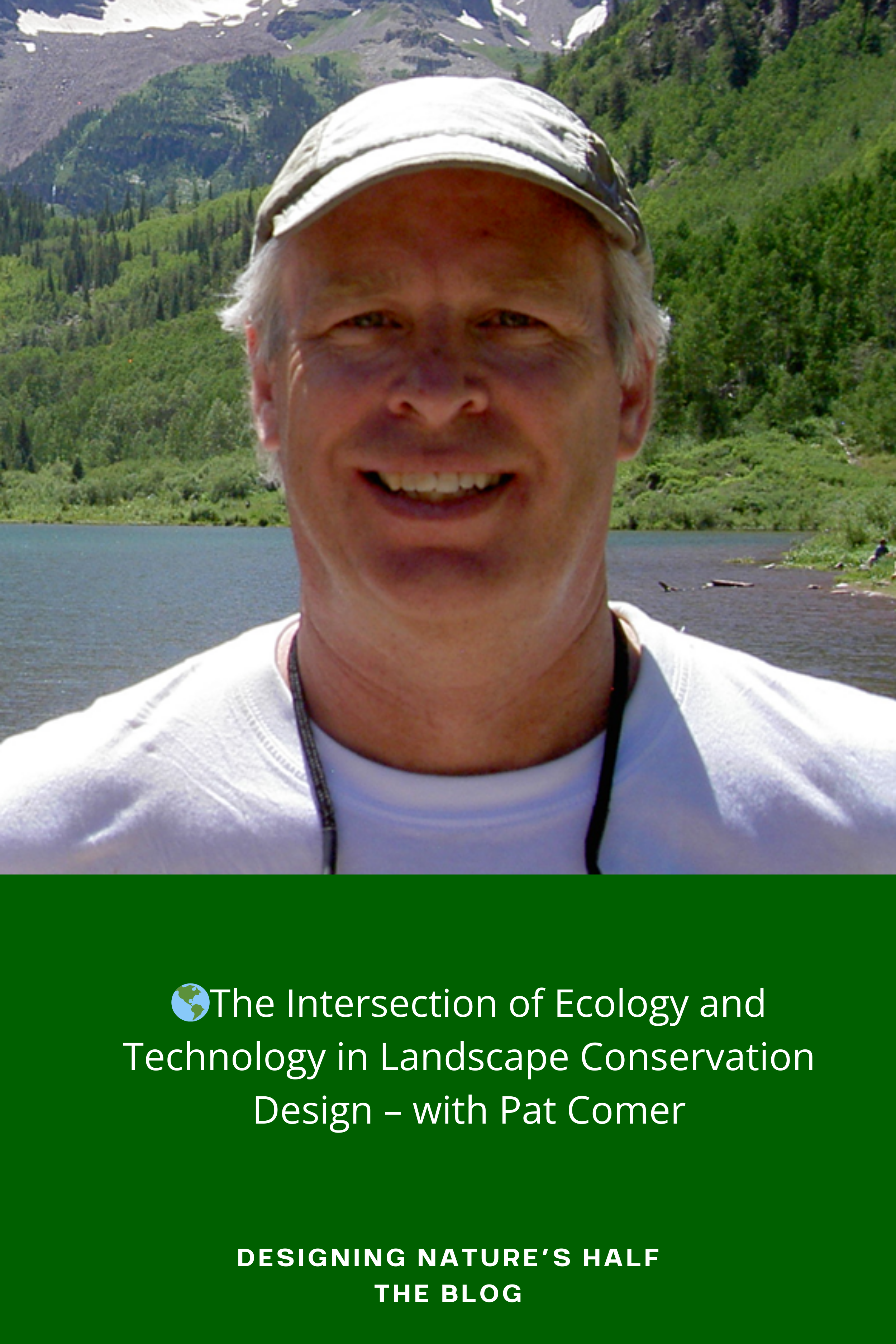
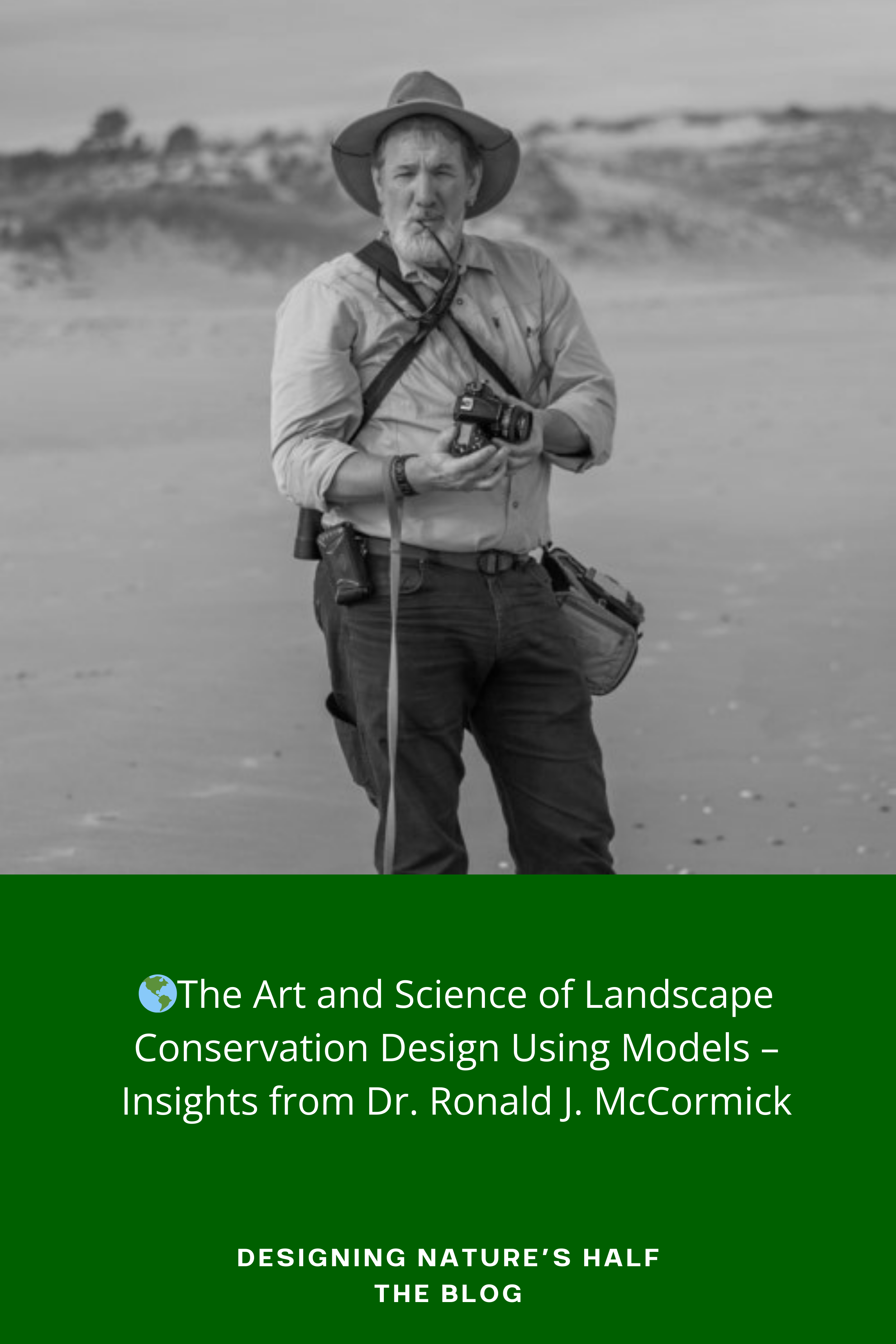
Dr. Amanda Sesser, the Coordinator of the Southeast Conservation Adaptation Strategy (SECAS) Partnership, discusses the need for inclusive design and decision-making processes that involve diverse stakeholders and empower communities. By bringing together various sectors of society, such as transportation, energy, and conservation, sustainable landscapes can be co-designed, created, and managed for people, planet, and prosperity. The episode emphasizes the need to balance human well-being and ecological integrity – a challenge that requires a new governance model that breaks down silos in traditional planning and decision-making. It addresses historic patterns of inequality and injustice to create a more inclusive and equitable society and highlights the concept of reciprocity and the importance of engaging indigenous and other disenfranchised people.